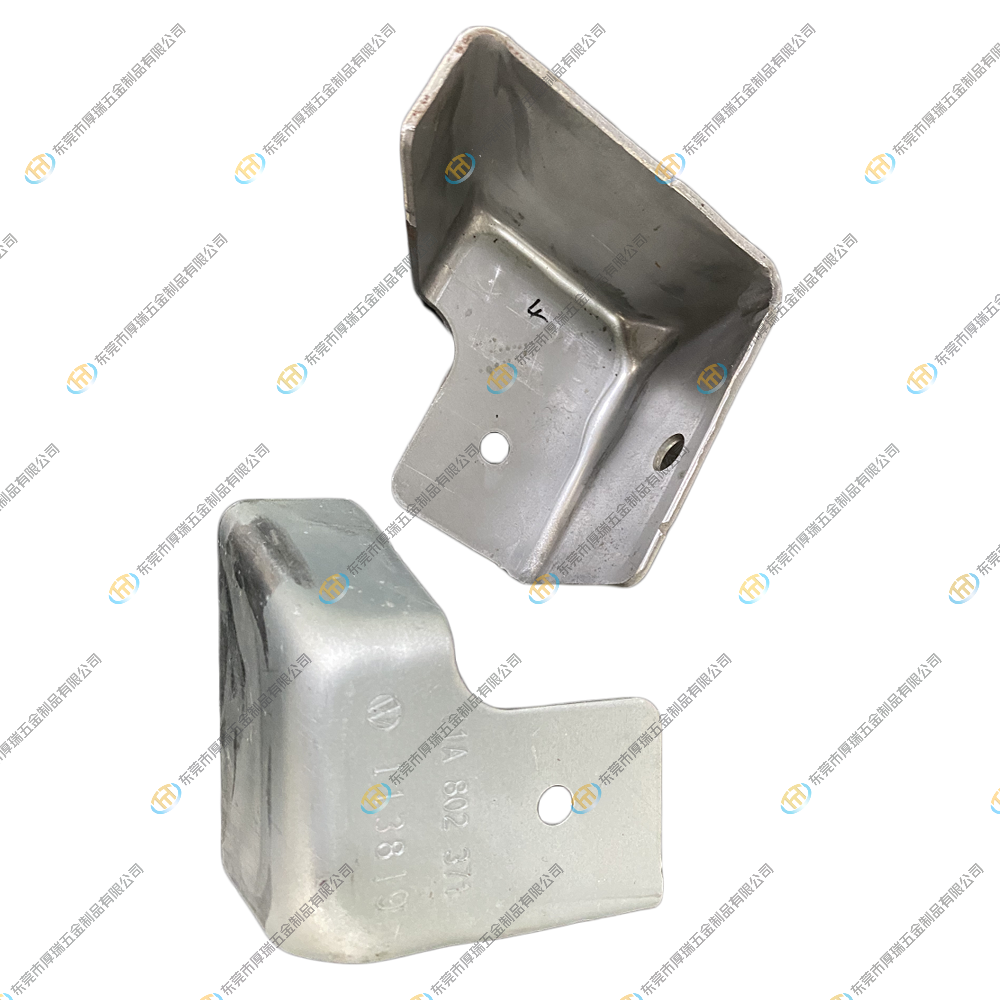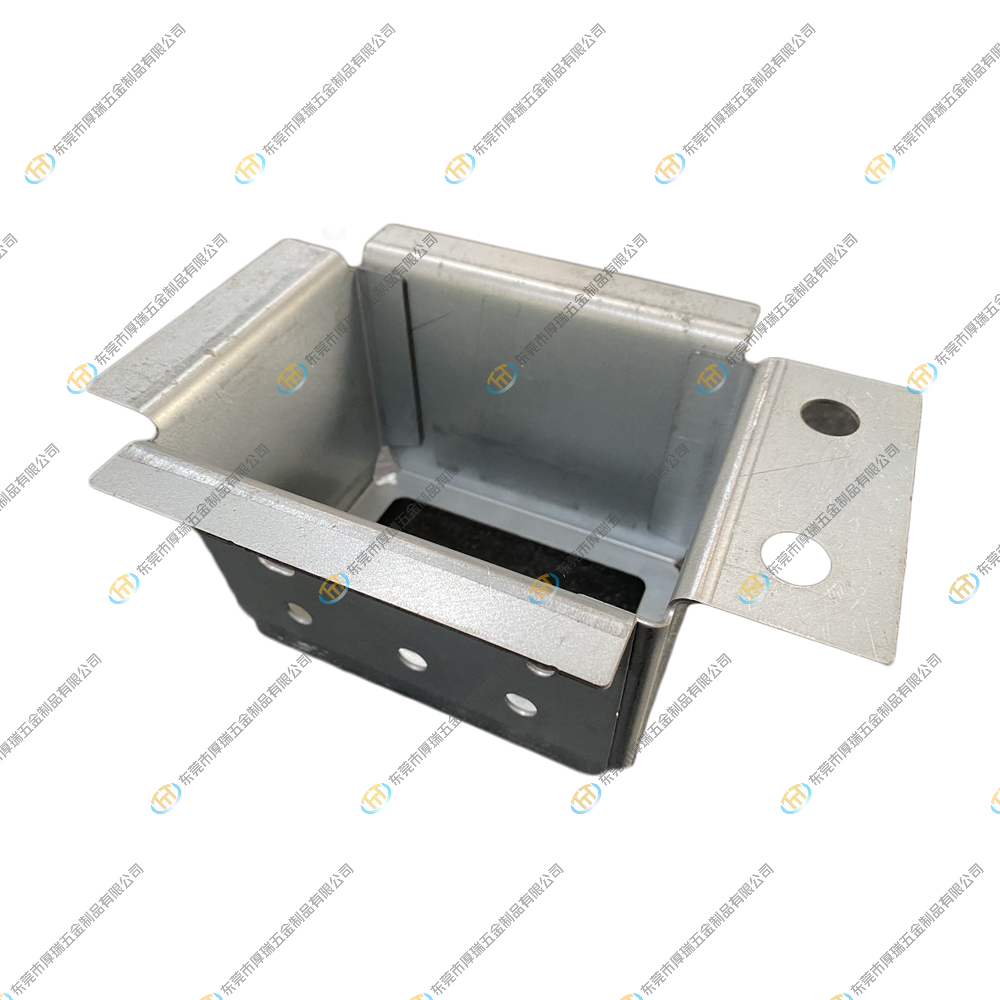TTM is a professional manufacturer of automotive inspection tools, stamping parts, and fixtures. We have a mature stamping process for automotive panels. In this article, we would like to introduce the characteristics and requirements of automotive panels for you. We hope it will be helpful to you.
1. Surface quality Any tiny defects on the surface of the cover will cause diffuse reflection of light after painting and damage the appearance of the appearance. Therefore, no ripples, wrinkles, dents, scratches, and edge pull marks are allowed on the surface of the cover. and other defects that detract from the aesthetics of the surface. The decorative ridges and ribs on the cover should be clear, smooth, left-right symmetrical and evenly transitioned, and the ridges between the covers should be consistent and smooth, and irregularities are not allowed. In a word, the cover should not only meet the functional requirements of the structure, but also meet the aesthetic requirements of the surface decoration.

2. Inch shape The shape of the covering is mostly a three-dimensional surface, and its shape is difficult to express completely and accurately on the drawing of the covering. Therefore, the size and shape of the covering are often described with the help of the master model. The main model is the main manufacturing basis of the cover. The size and shape marked on the cover drawing, including the three-dimensional surface shape, the position size of various holes, and the shape transition size, etc., should be consistent with the main model, and cannot be marked on the drawing The size depends on the measurement of the main model. In this sense, the main model is a necessary supplement to see the cover drawing.

3. Rigidity When the cover is drawn and formed, due to the unevenness of its plastic deformation, the rigidity of some parts is often poor. A cover with poor rigidity will produce a hollow sound after being vibrated. If such parts are loaded into the car, the car will vibrate when driving at high speed, causing early damage to the cover. Therefore, the rigidity requirement of the cover cannot be ignored. The method of checking the rigidity of the cover part is to knock the part to distinguish the similarities and differences of the sounds of different parts, and the other is to press it by hand to see if it is loose and agitated.

4. Manufacturability The structural shape and size of the covering part determine the manufacturability of the part. The key to the manufacturability of the cover is the manufacturability of drawing. Covering parts generally adopt one-time forming method. In order to create a good drawing condition, the flanging is usually unfolded, the window is filled, and the supplementary part is added to form a drawn part. Process supplement is an indispensable part of drawn parts. It is not only the condition for drawing, but also the necessary supplement to increase the degree of deformation to obtain rigid parts. The amount of process supplement depends on the shape and size of the dry cover, and also on the performance of the material. For deep-drawn parts with complex shapes, 08ZF steel plates should be used. The excess material supplemented by the process needs to be removed in the subsequent process. The manufacturability after the drawing process is only a matter of determining the number of processes and arranging the sequence of processes. Good manufacturability can reduce the number of processes and carry out necessary process mergers. When reviewing the manufacturability of subsequent work seats, attention should be paid to the consistency of positioning benchmarks or the conversion of positioning benchmarks. The front work seats create necessary conditions for the follow-up work seats, and the back work seats should pay attention to the connection with the previous process.
Post time: May-19-2023


.png)
.png)